According to statistics, the number of accidents annually increases exponentially. In most cases, this is due to ignorance of traffic rules by road users. In particular, many drivers, in principle, do not have information about what the security islands are for. In this regard, they commit gross violations, the logical result of which is the imposition of administrative responsibility.
The concept
Each road user is required to know, according to the SDA, that a traffic island is a section that is intended for pedestrians. In addition, it shares the traffic flows along which cars travel in opposite directions.
Safety islands are marked in the form of markings on the road. If a pedestrian for some reason did not manage to cross the roadway, he can calmly wait in this section for a favorable situation for an unhindered crossing.
In Russia, security islands are not so common. The situation is different in European countries. There are so many similar markings that involuntarily drivers begin to behave more disciplined and comply with traffic rules.
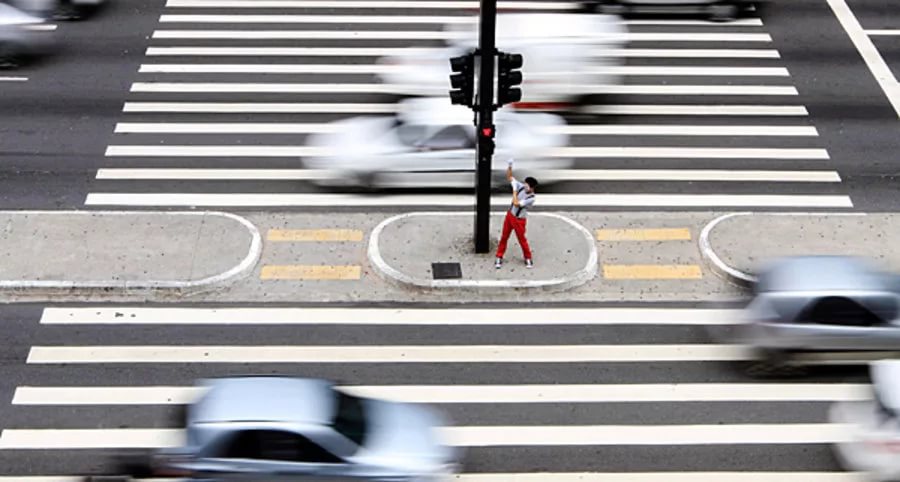
Functions
First of all, safety islands are designed to divide the road into two parts. In addition, they are areas where pedestrians can be arbitrarily long. People crossing the roadway do not need to control traffic from all sides.
In areas where there is no corresponding marking, most often accidents involving pedestrians occur. This is due to the fact that people do not always correctly assess the traffic situation and tend to cross life-threatening zones as soon as possible. The presence of islets allows you to cross half of the carriageway, stop and look around, and then continue to move if it is safe.
These are the two main markup features. In addition, an islet of safety on the road in some cases forces drivers to slow down. Sometimes the markings are applied to narrow the lane. Artificial irregularities are often formed in such areas. In addition, road workers can install traffic lights. Thus, the driver, approaching a hazardous area, involuntarily slows down. Increasing the vigilance of a person driving a vehicle significantly reduces the risk of an accident.
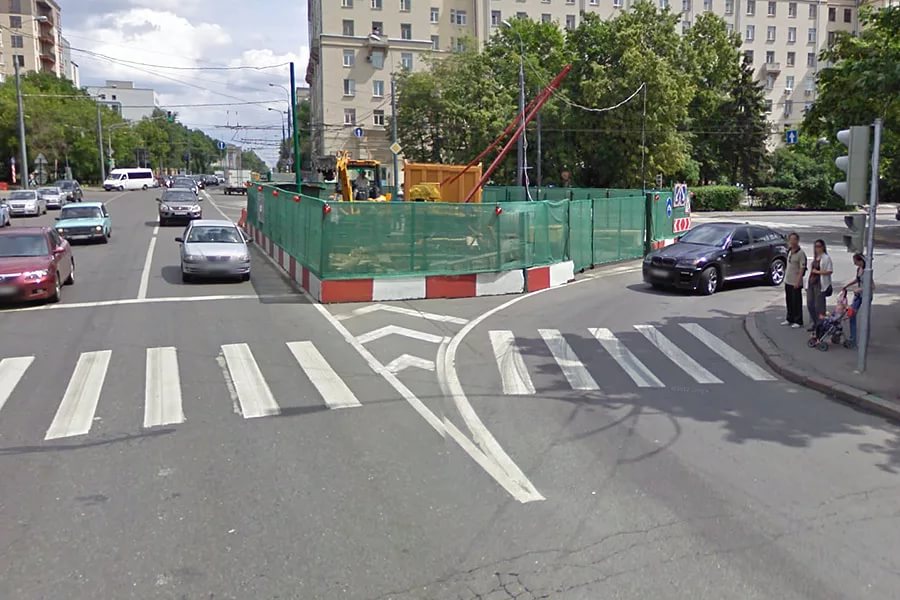
Markup
The security island is usually a non-equilateral triangle. It is applied to the road with white paint. It is important to know, according to the SDA, that a security island is a markup that can have three image options. Each of them is numbered (1.16.1, 1.16.2, 1.6.3). The first option is applied to road sections in order to separate traffic flows moving in opposite directions. Marking 1.16.2 is intended for carriageways with one-way traffic. The third option is customary to apply at the areas of flow confluence.
There are several markup requirements. It should be clearly visible to all road users. This area of the carriageway should be lit and cleaned of snow and dirt.
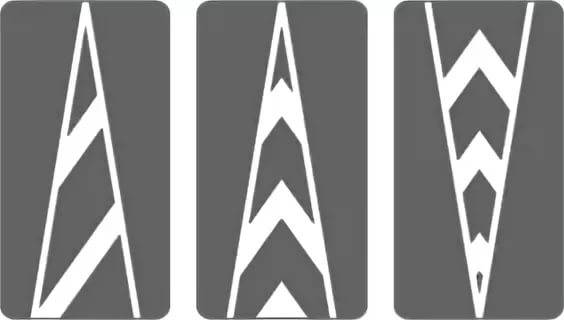
Normative base
All issues related to security islands are regulated. The interpretation of this concept can be studied in the SDA, specifically in the section “Definitions”, paragraph 2.42. Appendix 2 of the Rules describes the layout options. The islands are a geometric figure whose sides are a solid line.
There are also certain rules in these areas. Their violation entails the imposition of administrative responsibility. This issue is regulated by the Code of Administrative Offenses, in particular, Articles 12.16 and 12.19.
Marking: which areas are applied
Thanks to the marking, security islands are most often seen on:
- Crosswalks. Moreover, they can be both regulated and unregulated.
- Crossroads. Mostly the marking is applied at the intersection of carriageways, where circular traffic is organized.
- Entrances to settlements.
Properly applied markings increase the vigilance of drivers, make them slow down, prevent them from entering the oncoming lane (for example, to overtake), exclude parking at a pedestrian crossing and in the immediate vicinity of this zone, ensure the safety of passers-by.
Sometimes a zebra is applied to areas where vehicles move very quickly. As a rule, we are talking about a wide roadway, the parameters of which are more than the established norms. In this case, it is advisable to transform the extra zones into islands. The marking in this case will significantly reduce the likelihood of an accident.
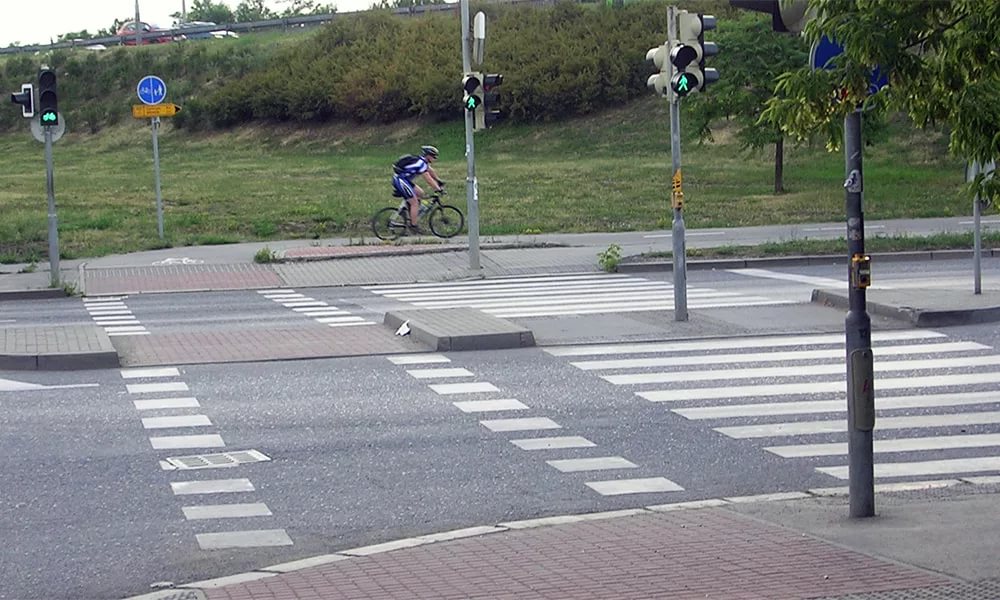
Are the islands safe?
It is important for pedestrians to understand that this section is marked only with markings. White paint applied to the road surface cannot guarantee a person from trouble with a 100% guarantee.
The situation is different in Europe. There islets are equipped with barriers. If, for example, a drunk driver is behind the wheel, the structure will stop the car, thereby preventing a collision with a person. For the same reason, persons driving vehicles are more attentive on the road and observe the high-speed regime at crossings.
In Russia, islands are not equipped with such barriers. Thus, in theory, they are safe for pedestrians, but in fact they are not. And this is due to ignorance by many drivers of traffic rules. In addition, numerous accidents in these areas occur due to irresponsibility. A prime example is driving while intoxicated.
Stop and parking
This issue gives rise to many controversial situations. Most drivers claim that you can stand on the islet of safety.
In large cities, it is sometimes difficult to find parking spaces. In this regard, some people leave their vehicles on the islet of safety. Moreover, they are absolutely sure that the implementation of this action will not be followed by the imposition of administrative responsibility.
So is it possible to stand on an island of security? If you carefully study the SDA, you can conclude that this issue is not regulated in any way. More precisely, the document says that the zone is intended for pedestrians. In the SDA there is not a word that drivers are not allowed to enter or exit. However, parking on the security island is prohibited.
This is due to the markup. Each security island is a solid line configuration. According to traffic rules, crossing them is unacceptable. In addition, most often the islands are applied in the immediate vicinity of pedestrian crossings. On them and closer than 5 meters in front of them, both stop and parking are prohibited. Immediately after the transitions, this is acceptable.
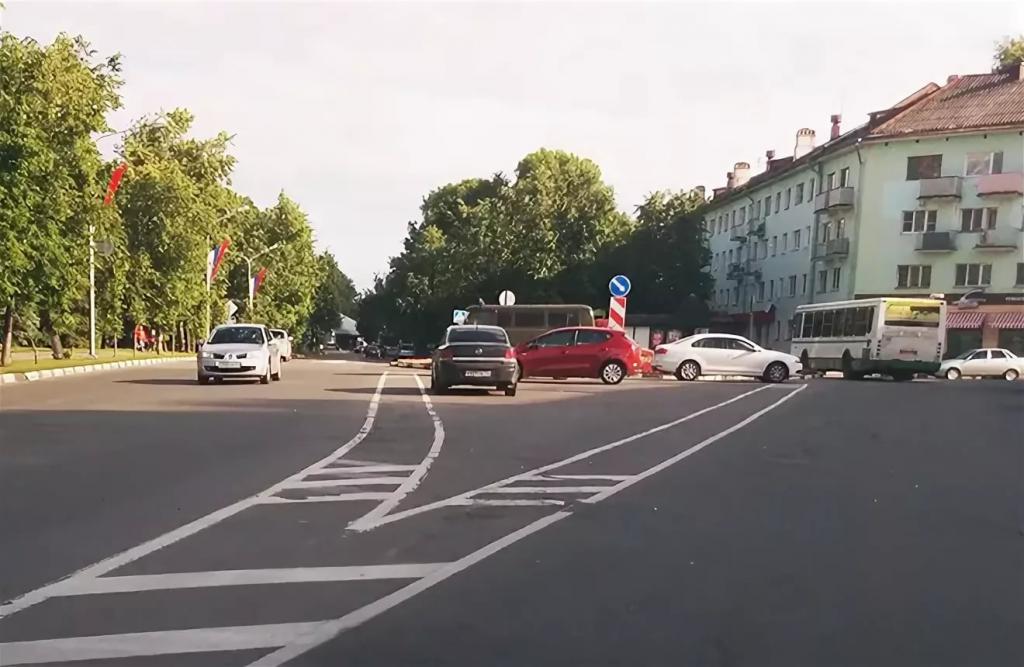
Other prohibited actions
Even if the driver knows that a stop on the islet of safety is unacceptable, he can sometimes cross it. It is important to know that this is also prohibited.
If the driver while driving on the carriageway drove into an island, this is a violation. In all cases, the person driving the vehicle is subject to administrative responsibility.
Penalties
Crossing the solid marking line threatens with the withdrawal of a driver’s license. But a fine is imposed on the security island, the amount of which depends on the violation committed.The relaxation is related to the degree of negative consequences, which, for example, can be many on the highway.
According to the Code of Administrative Offenses, the driver will have to pay 500 rubles for crossing the island. As for the check-in / check-out, in this case, the offender also faces a fine. It is 1000 rubles. A fine in the same amount will have to pay for parking.

Controversial situations
In some cases, drivers run into an island to avoid an accident. As a rule, after this they receive a decision by mail demanding payment of a fine. However, in this case it is not at all necessary to part with the money. Experts recommend contacting the traffic police at the territorial level and state their vision of the situation. But in this case, authorized persons do not always side with the violator. This is because the islet of safety is a site for pedestrians. Avoiding an accident, the driver could hit a person crossing the roadway.
The situation with regards to stopping on an island located outside intersections and pedestrian crossings is also controversial. The SDA does not say that parking in this area is prohibited. However, when in doubt, drivers should always pay attention to the markup. It is always continuous. And its intersection is strictly prohibited.
It is important to know that in some cases, a fine can be avoided. But at the same time, all arguments must be justified. If the driver proves that the safety island is located in such a way that its presence, on the contrary, significantly increases the risk of an accident, the fine can really be avoided.
The emphasis on this can be done in the presence of at least one of the following items:
- Signs were placed on the island that limited visibility.
- The markup did not meet the requirements. For example, in the immediate vicinity of it, in the dark, no artificial lighting was organized. Or the paint was worn away or invisible under a layer of snow, dirt, etc.
- The island is not designated in accordance with the SDA and state standards.
A competent approach in some cases will help to avoid a fine. However, a larger number of drivers prefer not to waste their time and part with a certain amount of money. In this case, you should remember that in the first 20 days you can pay a fine with a 50% discount.

Finally
A security island is a section of the carriageway intended for pedestrians. They can both relax in this zone, and assess the situation, then to cross the road unhindered. Many drivers make a grave mistake leaving their vehicle on an island. Some argue that the traffic rules do not say a word about the ban on parking in this area. It is important to remember that externally the security island is a non-equilateral triangle - a configuration consisting of a markup 1.1. This is a solid line, which is strictly prohibited to cross. Violation entails the imposition of administrative responsibility.
